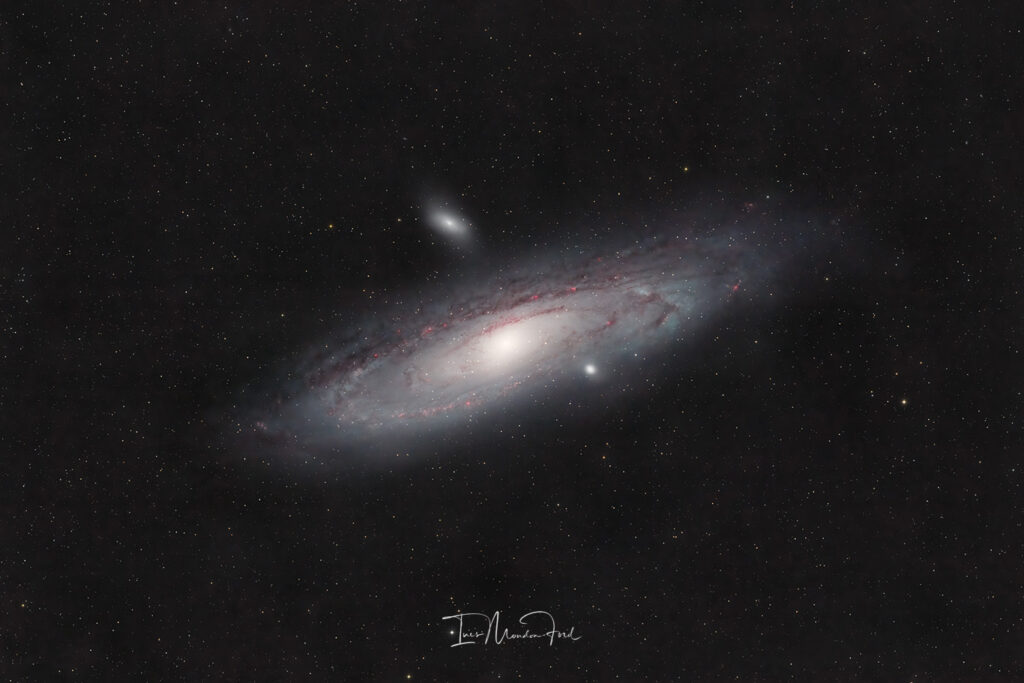That the Universe was expanding is an undeniable fact! As we view the universe in the past, we see ever more distant galaxies recede at ever increasing speed. This is the basis of the observations from which the Hubble law was derived and is consistent with every single observation of our universe that has ever been made. Indeed, deviations from the expected rate of recession of very distant galaxies (from our perspective), that is, that very, very distant galaxies are receding more rapidly than would be predicted, has been the subject of the Nobel Prize award for Physics in 2011.
Note: Phrases such as “moving towards” or “moving away from” or similar such terminologies are not meant to imply any absolute frame of reference but are simply convenient linguistic tools.
As discussed in my first cosmology article here. The line of site that we have within our universe is a very thin line which starts from the “here and now” and goes further into the past the further we look. This is simply because distant galaxies are so far away from us that the light takes million or indeed billions of years to reach us – see Figure 1.

As I have explained before, the line which currently extends over 13 billion light years into the past splits the figure into two areas. The upper-left area is not observable now: There has not been enough time for the light from these objects to reach us. The lower-right area is also not observable now: It was observable in the past, but the light has passed us now. Every observation we make of the distant universe comes from some point along this line. That is, every single observation of our observable universe is an observation from the past. The vertical axis starting at time now, is not visible to us, it is simply not possible to see a distant object as it is NOW.
However, if you look up any information about the universe you will see, wherever you look, the phrase repeated, as if a liturgy, the universe IS expanding Now – This in everything from Wikipedia, through coffee table picture books, and university texts. And the proof offered for this: When we look at distant galaxies, we see they are receding from us! Even Einstein, who initial proposed a static model for the current state of the universe changed his opinion, when he heard about the observations of Hubble that distant galaxies were receding from us – Thereby completely ignoring the fact that said observations were, necessarily, from the past.
So what does this mean for cosmological models of the universe? Here the answer is actually very simple: Every model of the universe derived from a specific observation is only applicable to the time frame in which the observations were made. That is, if we derive a model of the universe based on observations of galaxies 5 billion light years distant , and thus, 5 billion years in the past, then that model is only relevant for the universe 5 billion years ago. There is no mechanism to extrapolate that observation to the present day.
Indeed, the only actual information we have to hand is simply that, the closer in the past we observe an object to us, that is, the less distant in the past, then the less it is receding from us to the point where local gravitational influences can predominate.
I can find no information anywhere that would allow us to ignore the time aspects of the observations we make and scientifically conclude the universe is expanding now – this is at best unknowable, and actually goes against observations we actually had to hand. Einstein was not wrong, his biggest mistake was to change his mind …
The universe WAS expanding! There is no direct scientific measurement that would allow us to change the grammar of that statement.

